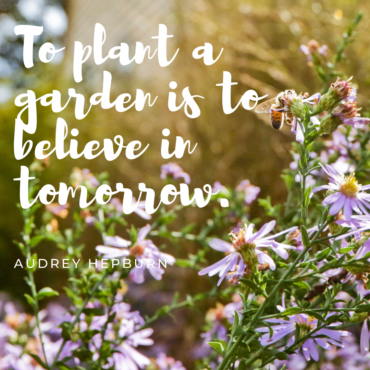I’ve planted favas every year since I started growing veggies and couldn’t find beautiful fresh ones at the farmer’s market. This year’s supply are going in the ground today (‘Aqua Dulce’ and ‘Broad Windsor’). Some people plant favas in the fall and let them overwinter, but I’ve had the most luck when I plant them in the early spring. Like peas, it’s a good idea to coat your beans with innoculant if you’ve never planted peas or beans before.
Favas were first cultivated in Africa, moving from there to Europe where they sustained people for ages before Europeans came to the Americas and discovered the beans that we commonly eat today. They are high in fiber, iron and protein, low in cholesterol and fat. The plants are beautiful: tall stalks with fragrant white flowers that are a purplish/black in the center. FYI: Aphids like them a lot.
I asked Omot, my co-gardener and a refugee from Gambela, a region in South Sudan/Western Ethiopia, if he knew the bean. He didn’t , so I’m going to hunt for some at a Korean grocery store that sometimes carries fresh favas to cook before he leaves for Ethiopia in April (more about the reasons for Omot’s journey back to Africa to face a possible genocide coming in a later post).
Rich and meaty, the beans are delicious tossed with pasta for a vegetarian main course, mixed in a spring salad with fresh goat cheese, or served as a side with spring lamb. They are, however, the ultimate ‘Slow Food’ and it’s only fair to let you know that you are in for some work when it comes time to prepare them.
Here’s how you prepare favas:
- Pick the long, thick pods
- Shell the beans
- Put on a pot of water to boil
- Par-boil the shelled beans for a couple of minutes
- Make a small nick in the outer waxy layer of shell on the outside of the bean with your finger nail
- Pop the bean out of the shell
- Warm olive oil over medium low in a skillet
- Add chopped garlic and rosemary and stew for a few minutes
- Add fresh favas and stew for 5-10 minutes more until bright green but soft (stewing time will varry with the size of your beans)
- Finish with some salt and freshly ground black pepper and your favas will be ready to serve
Take away: If you are one of those people who carries around a bag of knitting with a project to work on while watching a soccer game, the fava process will be easy. If not: find a good movie, sit down and shell. These beans are worth the hassle.





